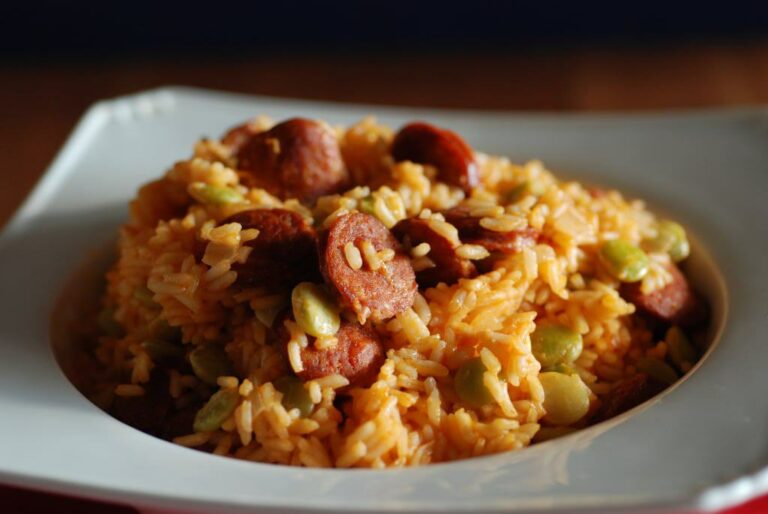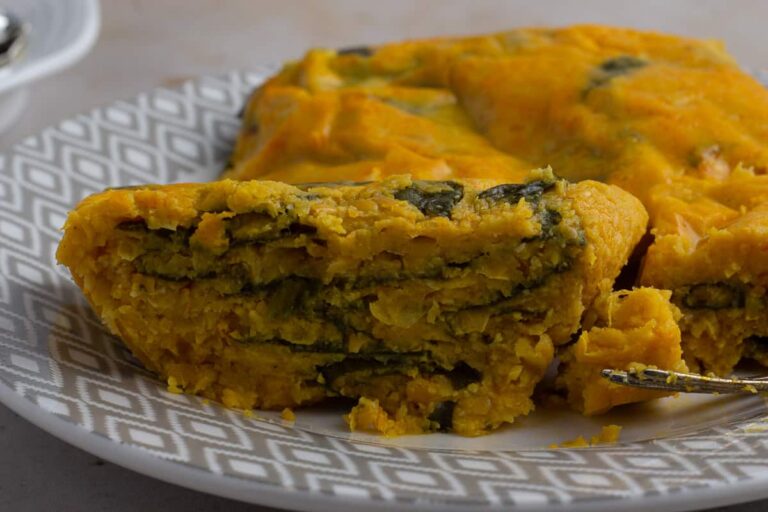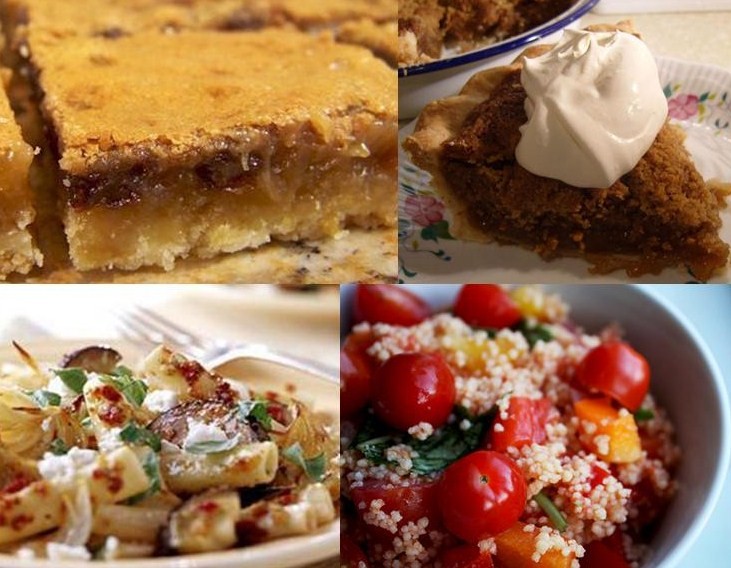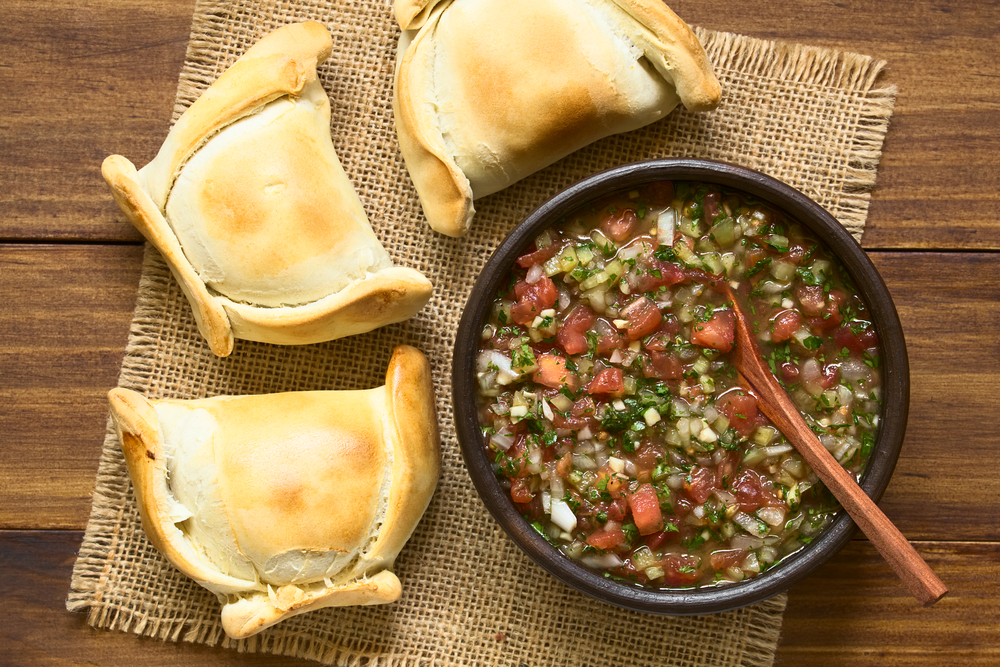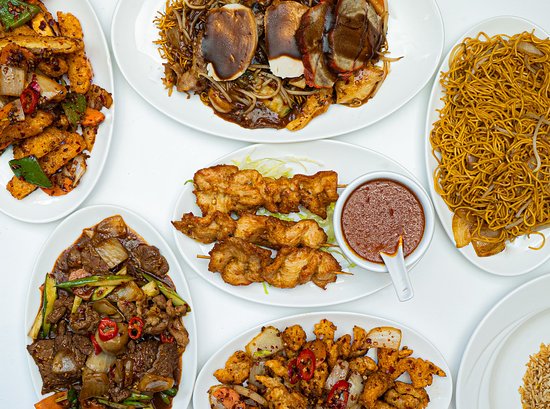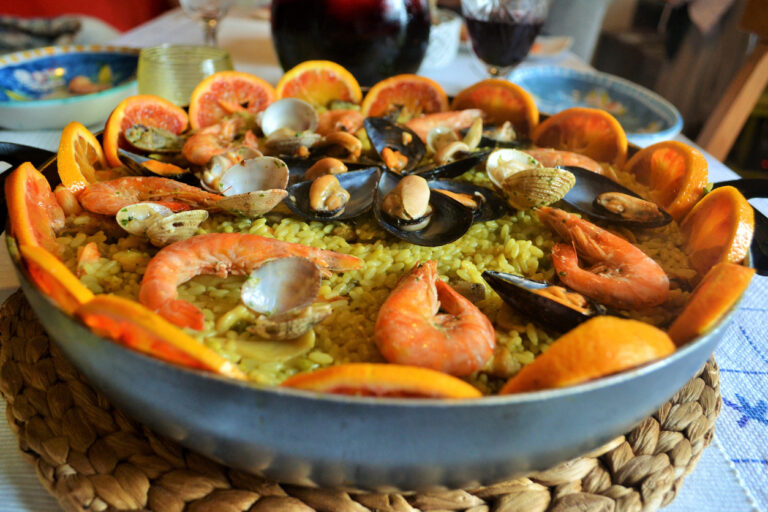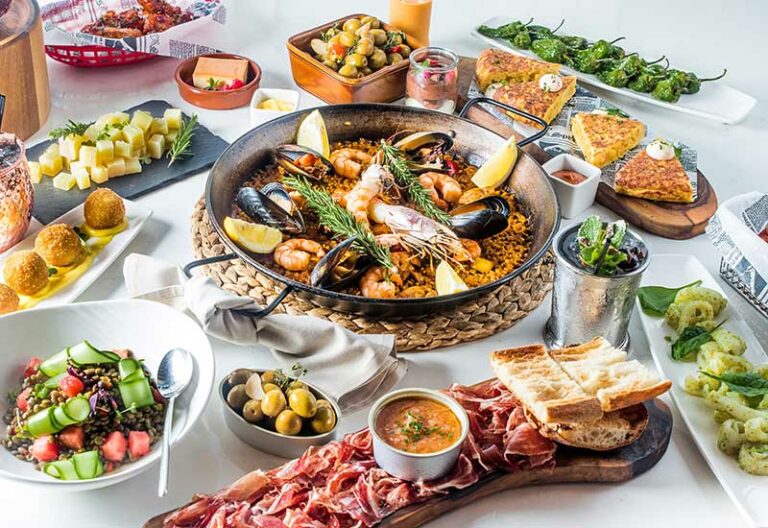Introduction: Cabo Verdean cuisine
Cabo Verdean cuisine is a vibrant and flavorful fusion of African, Portuguese, and Brazilian influences. The cuisine is characterized by its abundant use of seafood, spices, and starchy vegetables like cassava and sweet potatoes. Each of the ten islands that make up Cabo Verde offers its own unique twist on traditional dishes, making for a diverse and exciting culinary landscape.
The islands of Cabo Verde
Cabo Verde is an archipelago of ten islands located off the coast of West Africa. Each island offers its own distinct cultural, geographic, and culinary identity. The islands are divided into two groups: the Windward Islands, which include Santo Antão, São Vicente, Santa Luzia, São Nicolau, Sal, and Boa Vista, and the Leeward Islands, which include Maio, Santiago, Fogo, and Brava.
Sal: the island of seafood
Sal, known as the “Island of the Salt,” is home to some of the best seafood in Cabo Verde. The island’s cuisine is characterized by its abundant use of fresh fish, shellfish, and octopus. One of the most popular dishes on the island is the Cachupa Rica de Peixe, a hearty stew made with fish, vegetables, and beans. Sal’s cuisine also features a variety of grilled seafood dishes, like grilled octopus and grilled fish with garlic and lemon.
Santiago: the heart of Cabo Verdean cuisine
Santiago, the largest island in Cabo Verde, is often referred to as the “heart” of Cabo Verdean cuisine. The island’s cuisine is a fusion of African, Portuguese, and Brazilian flavors and ingredients. One of the most iconic dishes on the island is the Cachupa, a stew made with corn, beans, meat, and vegetables. Santiago is also known for its seafood dishes, like the Lagostada, a lobster stew with vegetables and spices.
Fogo: the volcanic island with unique dishes
Fogo, named for its active volcano, is known for its unique cuisine. One of the island’s most popular dishes is the Fogo-style Feijoada, a stew made with beans, pork, and sausage. Fogo is also known for its wine, which is made from grapes grown on the slopes of the island’s volcano. The island’s cuisine is also characterized by its use of locally grown ingredients, like the Feijão de Corda, a type of bean unique to Fogo.
Boa Vista: the island of grilled meats
Boa Vista is known for its grilled meats, particularly its grilled chicken. The island’s cuisine is also characterized by its use of spices, like piri piri, which is often used to flavor grilled meats and fish. One of the most popular dishes on the island is the Espetada, a skewered meat dish served with vegetables and rice.
Santo Antão: the green island with hearty cuisine
Santo Antão, known as the “Green Island,” is home to some of the heartiest cuisine in Cabo Verde. The island’s cuisine is characterized by its use of starchy vegetables, like cassava and sweet potatoes, as well as its abundance of fresh fruits and vegetables. One of the most popular dishes on the island is the Caldo de Peixe, a fish stew made with vegetables and spices.
Conclusion: diversity and uniqueness of Cabo Verdean cuisine
Cabo Verdean cuisine is a vibrant and diverse fusion of flavors and ingredients. Each island offers its own unique twist on traditional dishes, making for a rich and exciting culinary landscape. Whether you’re a seafood lover, a meat lover, or a vegetarian, you’re sure to find something to satisfy your taste buds in Cabo Verde.

